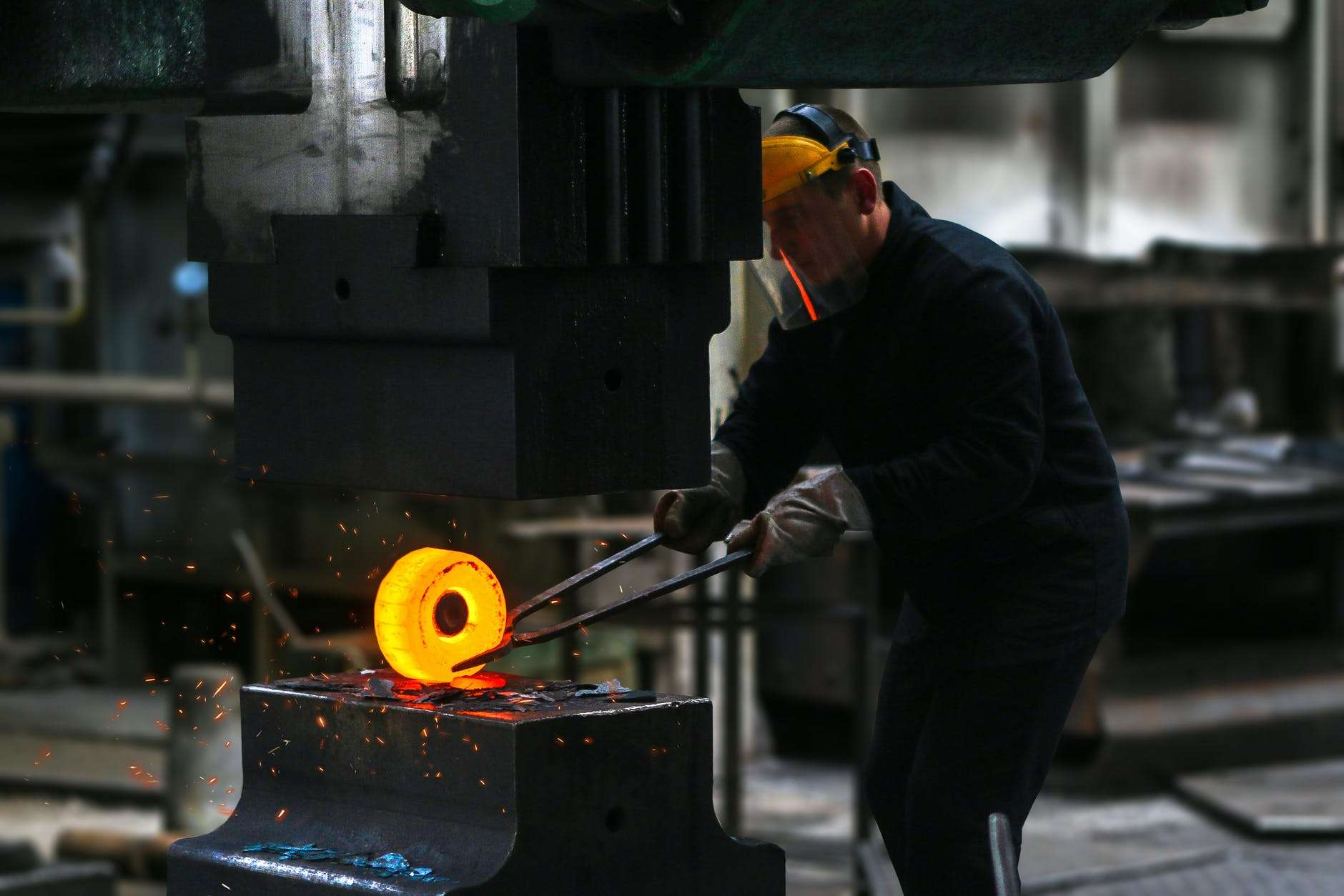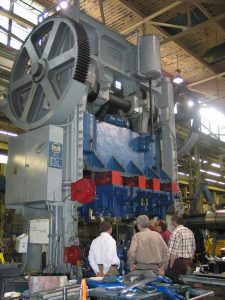What Does Continuous Improvement Mean in Manufacturing?

Continuous Improvement in Manufacturing Enhances Production

Manufacturing Policies Procedures documents.
Despite labor shortages and difficulties with supply chains, the outlook for the manufacturing industry is positive moving into 2022. As the economy begins to show signs of recovery, capacity and production has grown to higher levels than before the pandemic, and, across all main sectors, orders are increasing for next year. While establishing business policies and procedures ensures that standard operating practices are followed consistently, continuous improvement in manufacturing involves looking at a variety of ways of progressively enhancing these already accepted and proven practices.
Manufacturing Methodologies Define Continuous Improvement
The Japanese management philosophy, Kaizen, is a common approach to continuous improvement, and centers around the concept that small, regular, but positive changes generate significant improvements in any business process. In manufacturing, the implementation of lean or agile manufacturing methodologies, improved levels of training and communication and the increased use of technology can lead to more streamlined operations, greater productivity and more motivated employees. The ultimate aim of continuous improvement in manufacturing is the production of superior goods in less time and incurring lower costs.
Agile Manufacturing Increases Versatility
While lean and agile manufacturing are two distinct manufacturing concepts, they both involve advances in manufacturing production technology. They are focused on lowering production costs and improving sustainability but without compromising on customer service and satisfaction.
As its name suggests, the idea of agile manufacturing is centered on adaptability and it is a manufacturing concept that enables businesses to respond promptly to customer demand. With versatile handling solutions and equipment, agile manufacturers can adapt their processes quickly and easily in order to respond to increasing or evolving customer demands. Modular chain conveyors allow manufacturers to create accumulation, change direction or adapt the length and width for larger applications, while a stainless steel version with low temperature components can still be used in cold or chill stores.

Effective Communication Improves Productivity
In any business setting, effective communication throughout its workforce is key and has been shown to increase a company’s productivity by 25%. In the manufacturing industry, clearer communication of procedures and policies can lead to faster production times and less waste as workers perform their roles more efficiently.
Dealing with issues on the factory floor such as machinery breakdowns or lack of production materials is much easier when roles are clearly outlined and understood and procedures are followed consistently by all employees. This reduces confusion, misunderstandings and the same actions repeated unnecessarily by different workers. Technology in the form of accessible apps designed specifically for connecting coworkers can help to improve communication systems by allowing workers to share information immediately between themselves or quickly and easily access updated instructions from management.
Increased Technology Leads to Greater Adaptability
As well as enabling clearer and more frequent communication, the increased use of technology in manufacturing is essential for continuous improvement and the creation of a thriving and more modernized sector. After a challenging few months last year, 85% of manufacturing companies advanced their programs for increased digitalization. The disruption and restrictions caused by the pandemic forced both large and small businesses to adapt to new ways of working and this was made easier with the increasing use of digital tools.
From cloud computing to advanced robotics and artificial intelligence, technology can help manufacturers to streamline their businesses, identify issues with raw materials and supply chains and speed up their production processes. More advanced use of technology involves companies testing a new factory layout and configuration with a virtual digital twin of the building. The digital model can be used to train workers on new machines and equipment even before the factory has been built. As well as saving time and money, this increases efficiency from the very first day of production.
Continuous Improvement in Manufacturing
The outlook for the manufacturing industry is looking bright for next year, but even successful businesses can’t afford to be complacent. Whether they are enhancing communication with employees or upgrading and streamlining production equipment, businesses that take small but regular steps to improve company practices can achieve significantly better results, improving business performance and quality, while also staying ahead of the competition.
















Leave a Reply